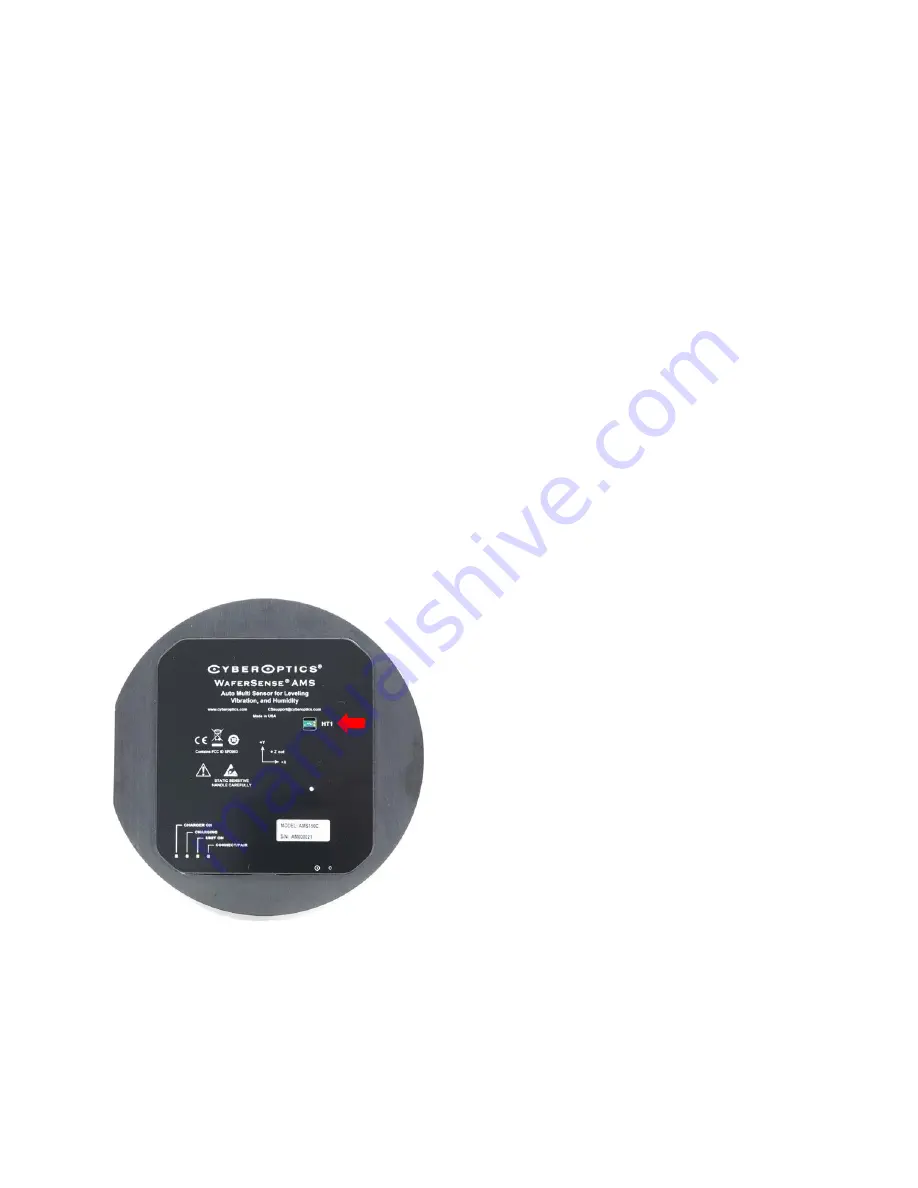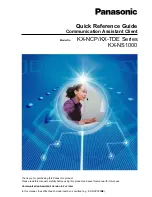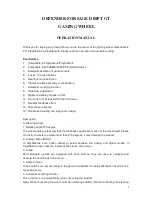
35
Setting Triggers
Triggers are used to tell the AMS to start capturing real-time data to a log file, as soon as the measured parameter
strays beyond its defined upper or lower limits. MultiView continues downloading data for as long as the
parameter stays out of bounds, and stops when the parameter is back in bounds.
Clearly, you can set your Trigger values to exactly the same values as those you set for your Go/No-Go tolerances.
In this instance, when the measured parameter strays out of bounds, MultiView immediately downloads data to a
log file
and
issues an on-screen warning. You can, however, set your Go/No-Go tolerances, so you get an on-screen
warning when the parameter is
about to
move close to the upper and lower limits you have set in the Trigger
menu. This is useful, because it alerts you to the fact that something undesirable may be about to happen, so you
can keep a very close eye on what is going on as the AMS moves through your manufacturing process. And, if the
parameter in question actually strays beyond its Trigger settings, MultiView will download a log file of the event
for future reference.
Example
In this example, we have just installed a fancy new
—
and very expensive
—
dehumidifying system in our clean room,
because we need to minimize gallium arsenide oxidation on our wafers. The new dehumidifying system is
supposed to keep the relative humidity (RH) in our clean room in the range 6% ± 2%. We are now going to use the
AMS to tell us whether the new dehumidifying system is, in fact, keeping the RH
inside
our tools
—
the key point
here
—
within this critical range.
By setting the appropriate Trigger parameters, the AMS will download humidity data to a log file, every time the
RH strays outside the desired range of 4
–
8% RH. Please note that in this example we are using the 150mm
WaferSense AMS, which has only
one
humidity/temperature (HT) sensor, located near the center of the disk
(designated “HT1”),
as shown below. (Some AMS models have five HT sensors.)
We normally store the AMS in our office, which frequently has an RH in excess of 70%. As a result, we left the AMS
overnight
in our clean room to equilibrate, and to prevent problems with hysteresis (a lag in reading-response
times produced when the AMS is moved from one humidity environment to another) before running our
experiment.
















































